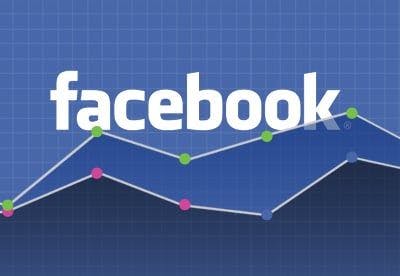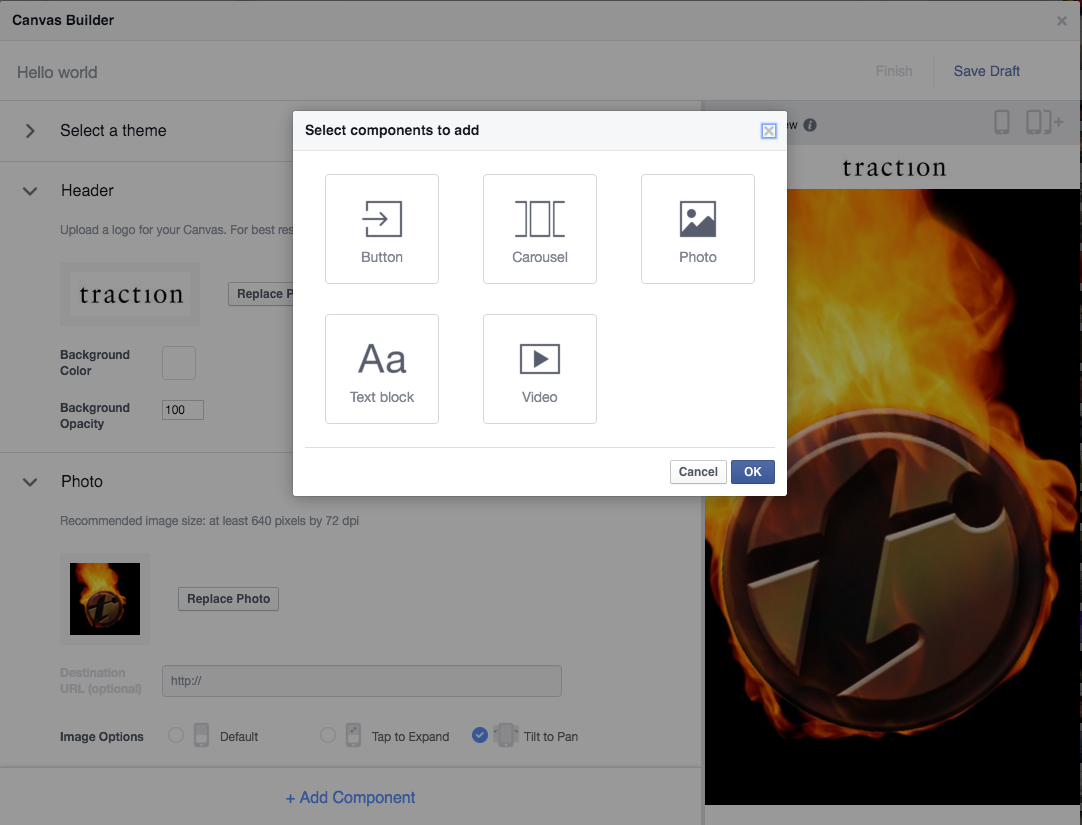Facebook Canvas may be a Game Changer

By Adam Kleinberg
But the truth has been that other than pre-roll, most mobile advertising options available to brand marketers have simply sucked.
This article was originally in Ad Age
It doesn't take a marketing genius to tell you people spend a crazy amount of time in front of their phones. And there's no sheet of glass humans stare at that is more desirable to advertisers.
But the truth has been that other than pre-roll, most mobile advertising options available to brand marketers have simply sucked. The unchecked proliferation of ad tech is arguably the worst thing that ever happened to our industry , and it only gets worse in mobile where the technology is far less mature.
Facebook has played its own part in the "ad mess" that has withered brand trust in digital. In an effort to get brands to shift TV budgets online, it has introduced digital GRPs, but a sophisticated marketer will raise an eyebrow when asked to pay for "view" counts defined by three seconds of video -- with no sound.
Martin Sorrell has described that yardstick as "ludicrous." I'm inclined to agree.
But the state of mobile advertising has changed with the recent launch of Facebook Canvas.
Here's why I believe this ad product has the potential to be a game changer for brands in mobile:
1. It's fast to get in.
The first thing you'll notice when you click on a canvas ad is that you are instantly transported to an immersive, app-like brand experience. Engagement is a priority for brands in a digital world where advertising is so easy to ignore. Having a full-screen interactive canvas to showcase your brand story simply delivers that engagement in a snap.
That snap is important. Canvas is certainly not the first immersive ad format that's been developed, but the fact that (at least in the units I've seen) there is virtually no load time means that impatient phone users won't abandon the ad before they experience it.
2. It's fast to get out.
There is a fine line between immersiveness and intrusiveness. Does this experience sound familiar? You accidentally click on an ad on your phone, and you're unintentionally taken to some page that takes an interminable 15 seconds to load. You feel like your phone has been hijacked.
Facebook Canvas ads have a little arrow in the upper left corner that reminds you that you can simply swipe left to escape an ad. By the time your thumb crosses the screen, you are back in your Facebook feed. Painless.
Users learn behaviors quickly. It is my belief that this quick escape feature will dramatically minimalize the potential intrusive nature of an immersive digital experience. People will be less hesitant to engage because the commitment they make by clicking on an ad is so quickly reversible.
3. It's an answer.
Content marketing is all the rage. Brands are recognizing that in order to connect with customers, they need to create marketing users actually want to consume. The question then becomes, "What do I do with all this awesome content I've created?"
Many brands stick it on websites that their customers never visit. Other brands, with more of a focus on e-commerce, fret that content will take visitors out of their funnel.
Facebook Canvas is an answer to the question about where to put content. It's like delivering a small website right to your customer's thumb.
4. It's easy to build.
The authoring environment for Canvas requires no special coding knowledge to create. Great content still requires an investment to produce, but you can put your dollars toward what matters -- the content -- rather than the shell it sits in.
I opened Canvas Builder and stitched together an ad in 10 minutes. Think about how you're spending your budget building a customized HTML5 banner ad that requires a developer with a specialized skill set to produce.

I, for one, would rather see that money go toward the creativity, not construction.
But will it stick?
With Facebook Canvas, an engagement is an engagement. You know what you're getting, and you know that the impressions you're paying for are impressions you're actually making.
Facebook boasts 12- and 18-second engagement rates in pilots conducted with Asus and Coca-Cola. These numbers are strong, but brands will only succeed in gaining traction on this platform if the content they produce is great.
Moving forward, I would expect other platforms to emerge that imitate the fast, seamless and immersive nature of this platform outside of Facebook. The appeal for brands and consumers is real. But the ultimate success will be determined by brands' willingness to invest in content people actually want to consume.

Until recently I didn’t know what vexillology was.

I recently attended the iMedia Brand Summit where I was interviewed about the problem this industry is facing with ad blockers.

The use of visual language is skyrocketing with 2015 seeing a sharp increase in its use.
